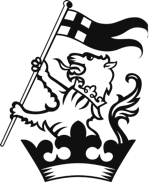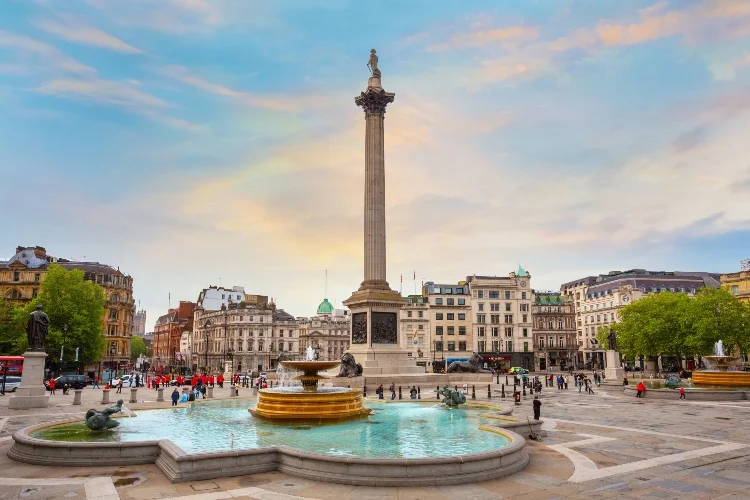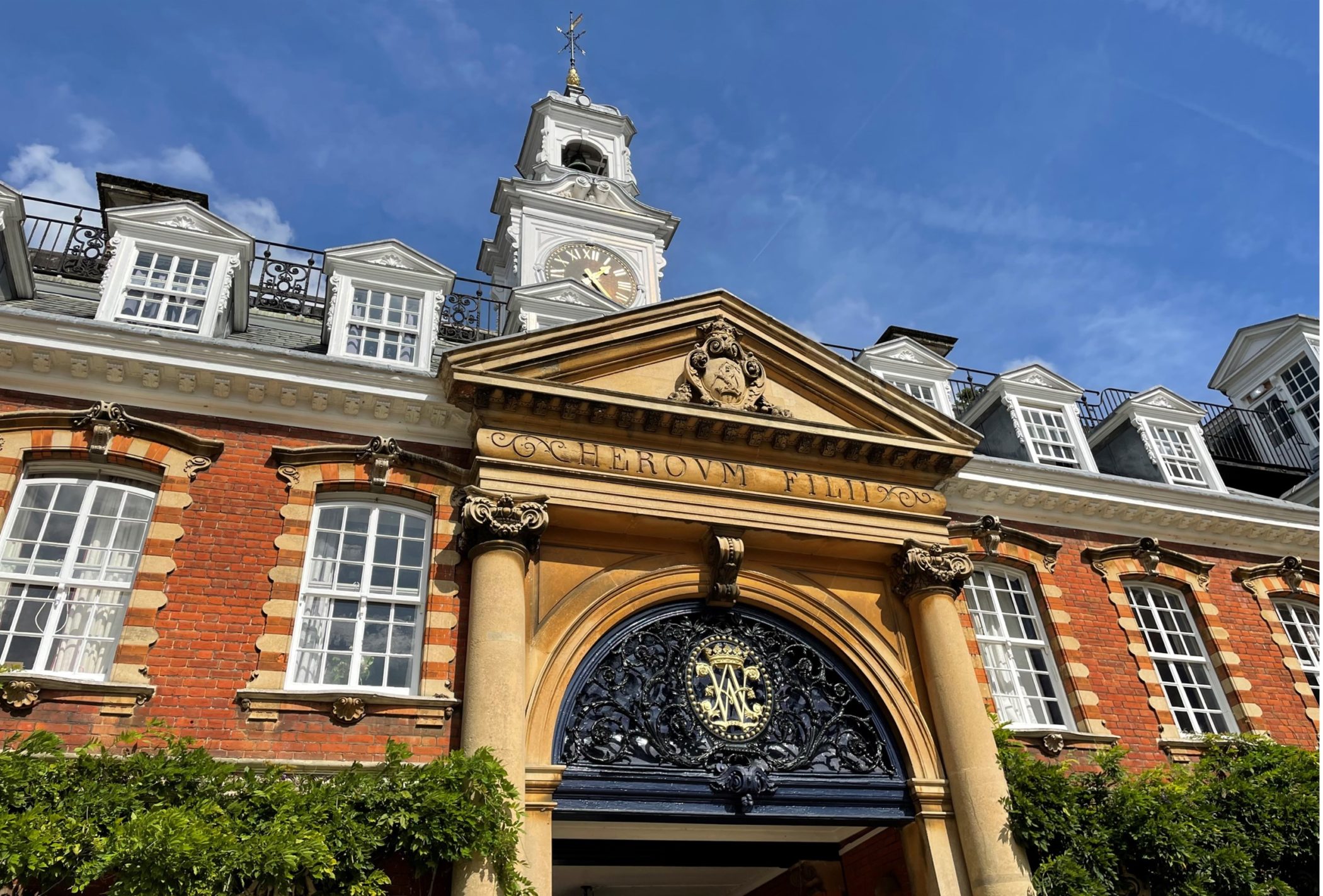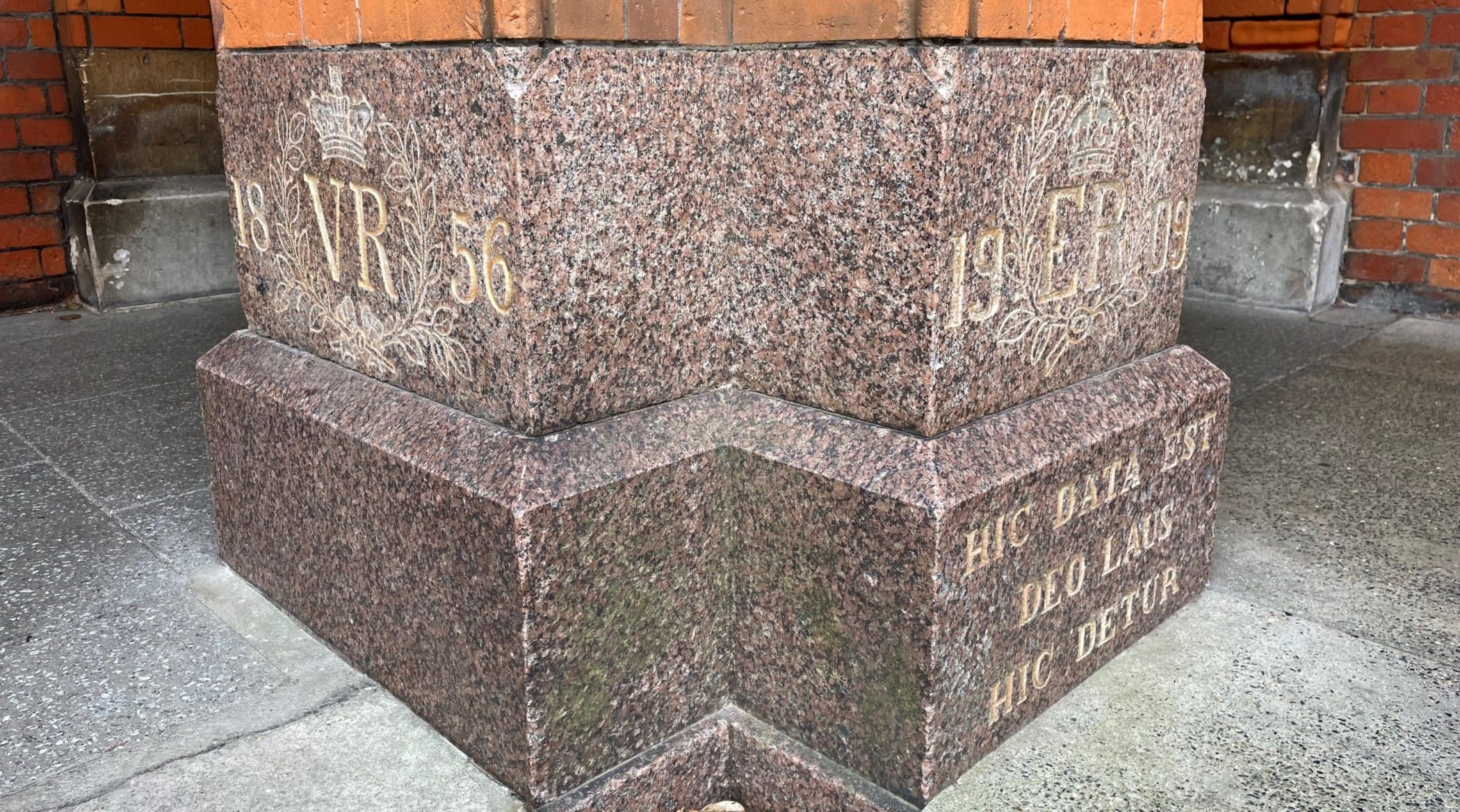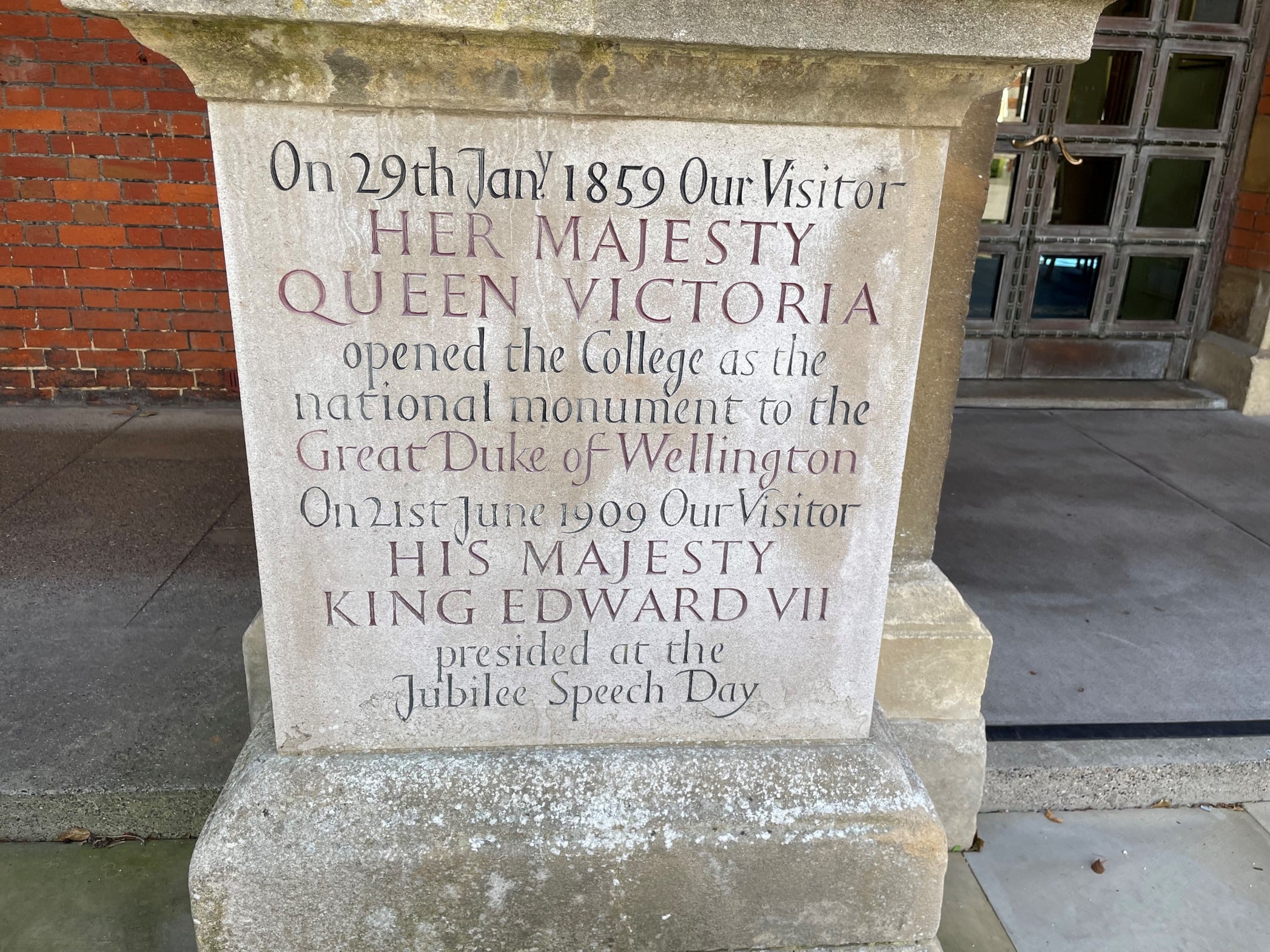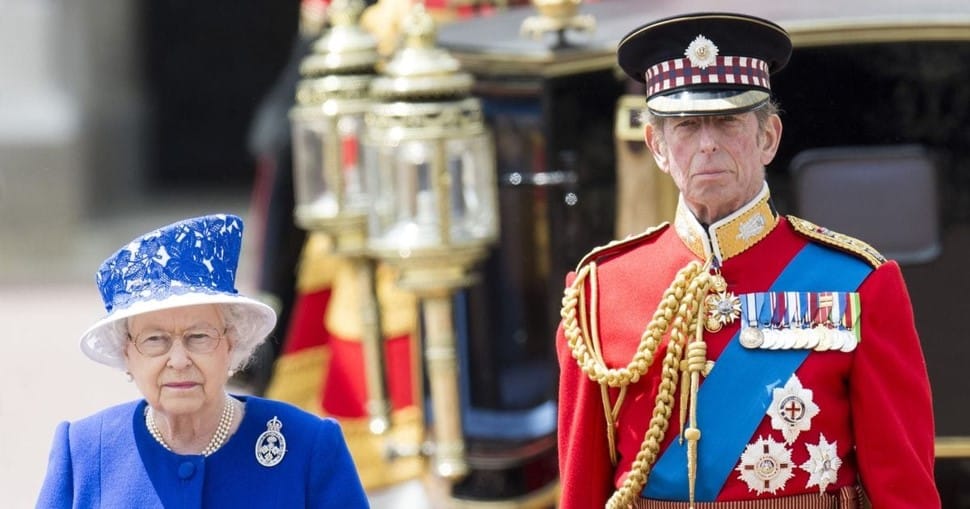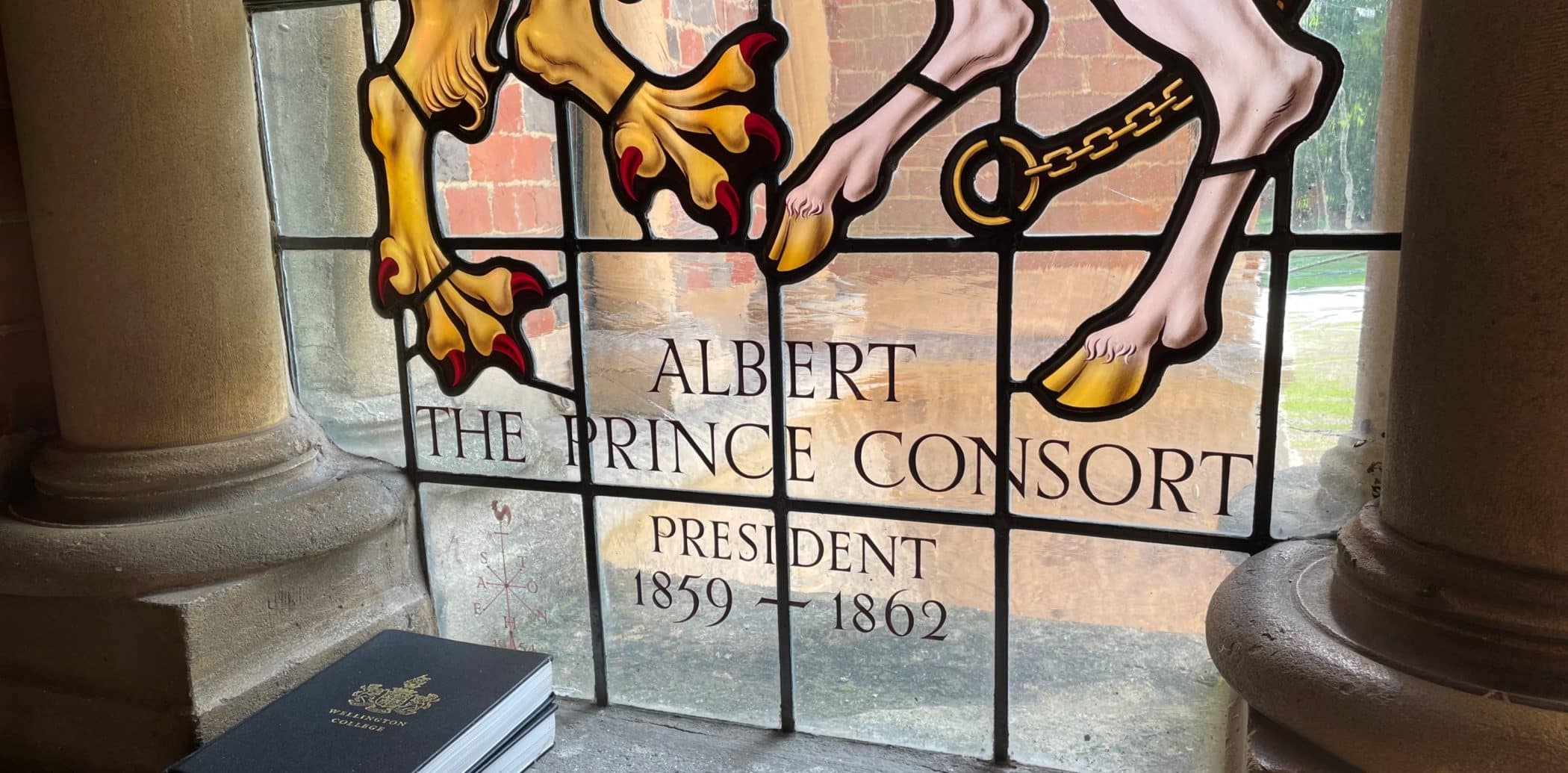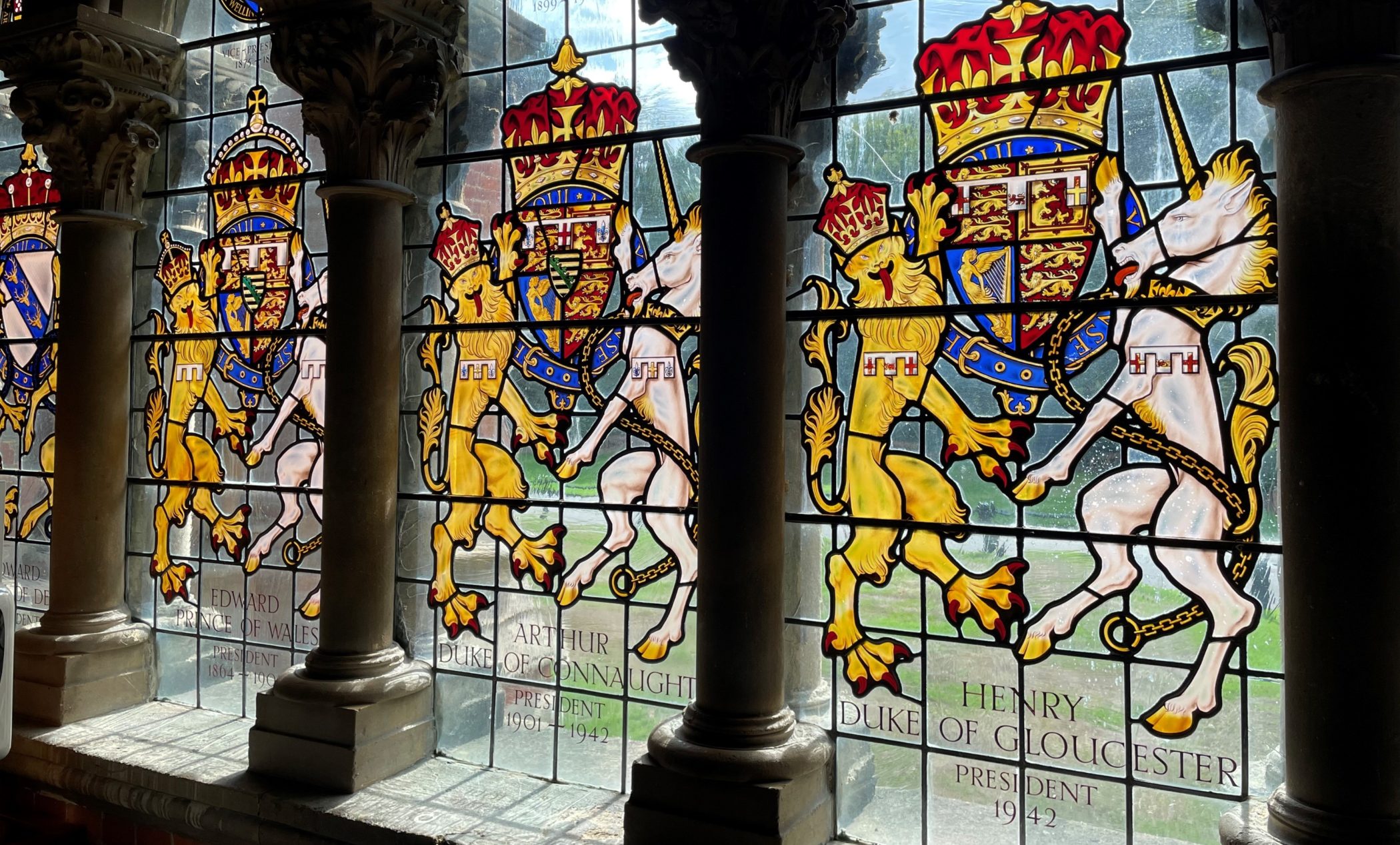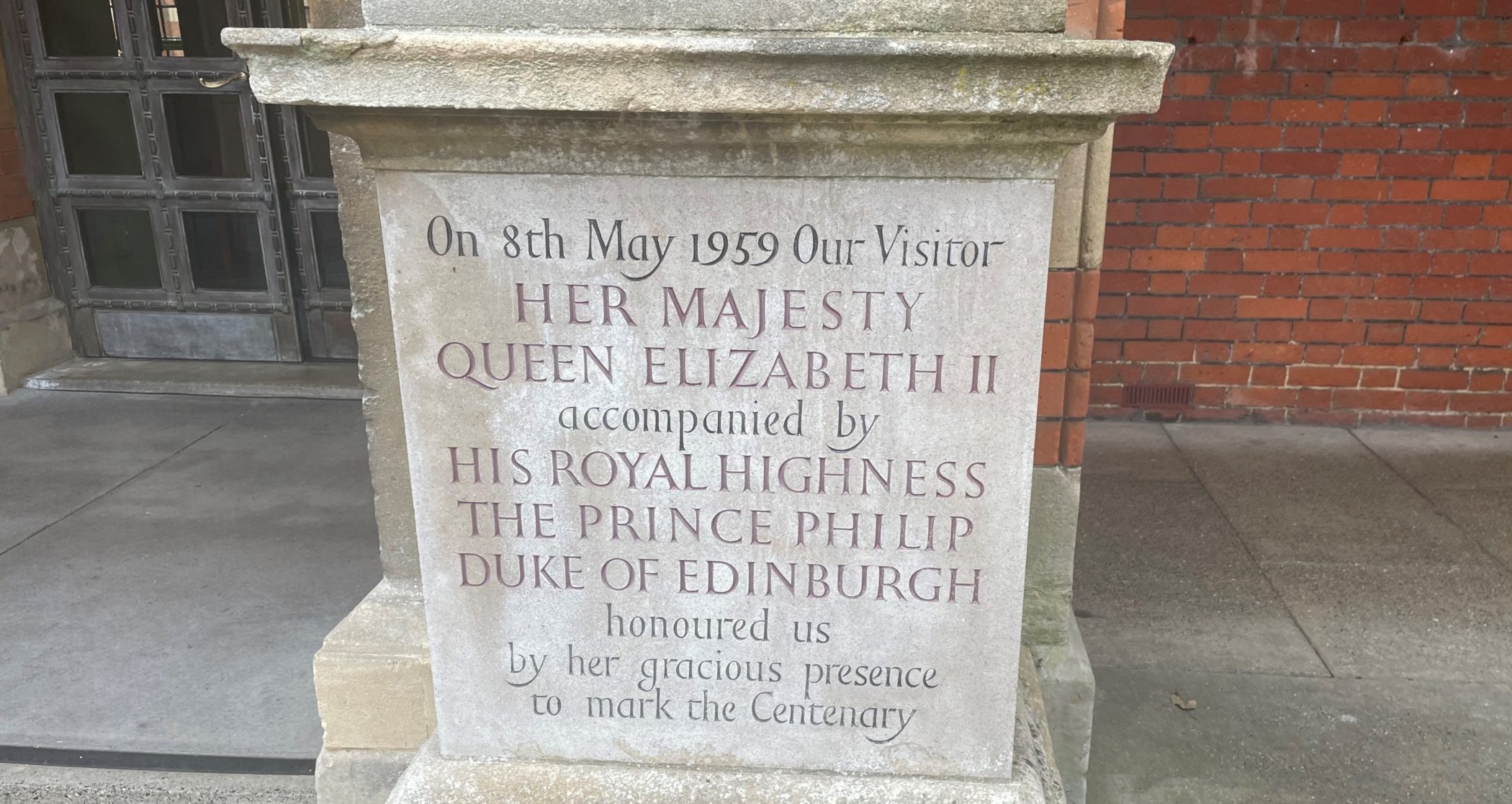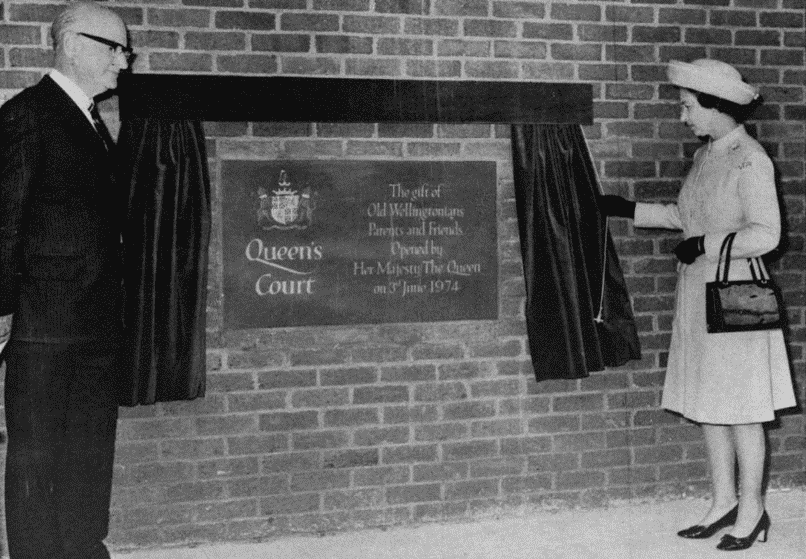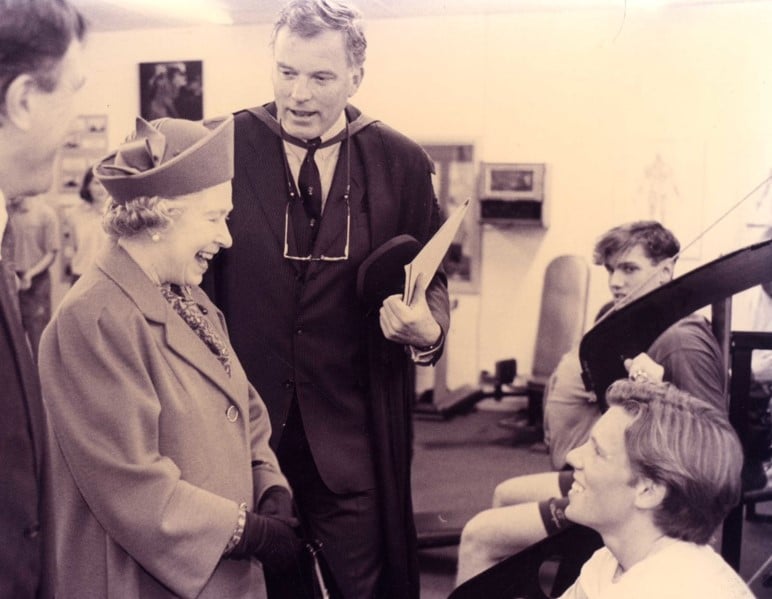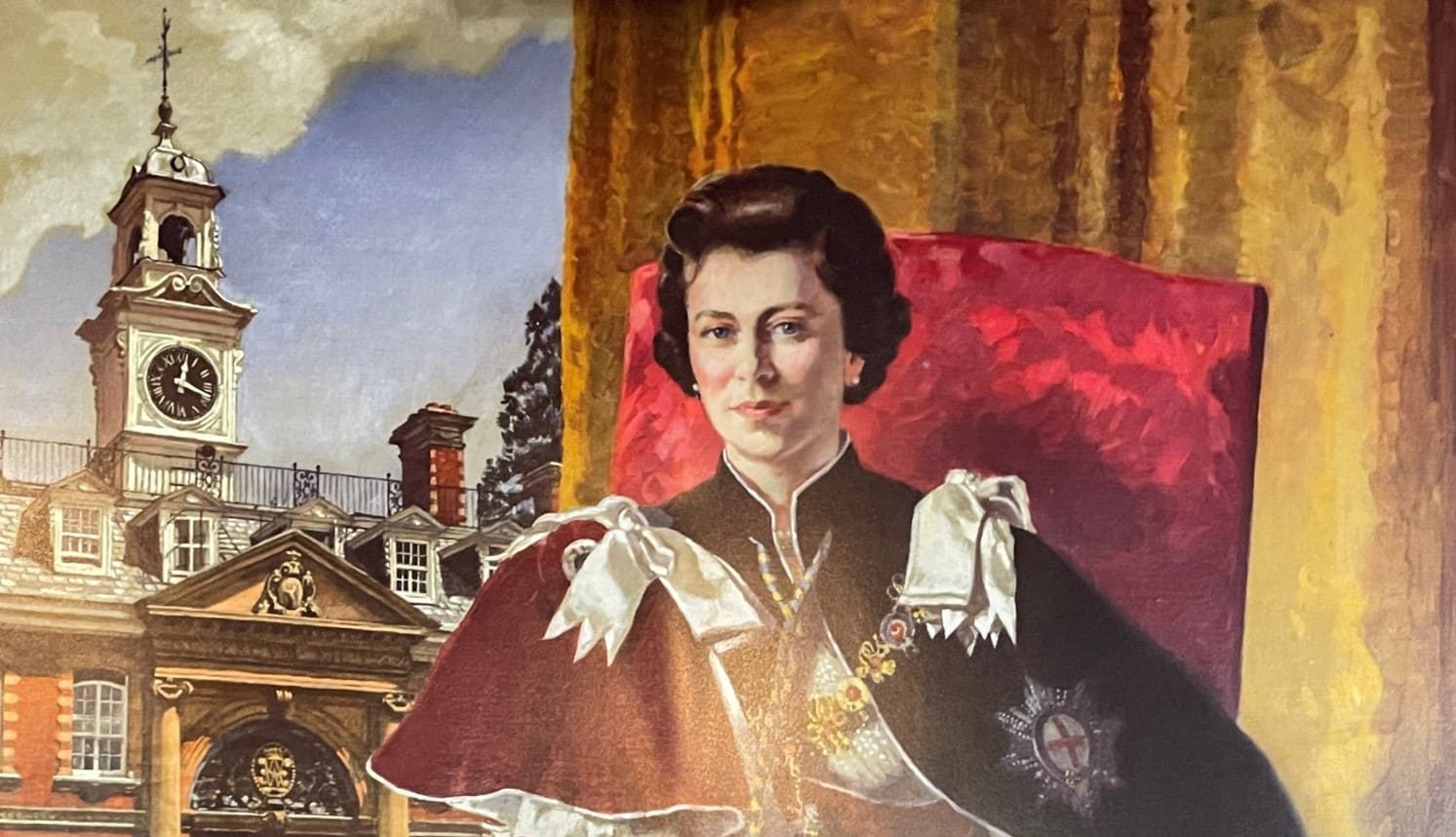The following is taken from the Master’s Assembly to Wellingtonians on Monday 12 September 2022:
It goes without saying that Wellington College would not exist were it not for Arthur Wellesley, the Iron Duke, the first Duke of Wellington. Quite simply, it is equally correct to say that Wellington College would also not exist were it not for the Royal Family. When Arthur Wellesley died in September 1852, Queen Victoria and Prince Albert were determined that there should be a national memorial to commemorate the Iron Duke. But what should it be? There were some precedents.
When Nelson died in 1805 at the Battle of Trafalgar, it was decided that a square should be created in his memory in London with a suitable centrepiece monument. Trafalgar Square was duly created in 1835 and Nelson’s Column – one of London’s most iconic tourist attractions, was completed in 1843.
Victoria and Albert, however, wanted to create a ‘living memorial’ to the Duke of Wellington. Public squares, columns and statues would not suffice. Following discussions with the Prime Minister, Lord Stanley, after whom one of our Houses takes its name, they decided to establish a charitable educational institution – a school – not only to serve as the national monument to Wellesley but also to be a living institution to educate the orphan children of army officers – the children of heroes. These were and are our Foundationers, the ‘Heroum Filii’ – one of our school mottoes which you walk under every single day when you enter Front Quad through Great Gate.
Wellington College came into legal existence in December 1853 when a Royal Charter was granted for its construction. Royal Charters are the oldest forms of incorporation – that is the creation of an institution – in the United Kingdom; they are a formal grant by the Monarch for the establishment of an organisation. Our school came into being by a decree of the monarch.
It was not, however, until the 2nd June 1856 that Wellington College started to come into physical existence when Queen Victoria came to the Crowthorne site to lay the foundation stone. Most of our pupils walk past this stone in the corner of Front Quad many times every day, but I suspect never really pay it much attention. If a pupil lives in Blucher House, they literally live in a building built upon a rock laid down by a Queen.
But Victoria not only laid Wellington’s foundation stone. She returned two and a half years later to open the College formally when our first 76 pupils arrived – 47 of whom were Foundationers – on 29th January 1859. An act which is commemorated on this stone at the entrance to Great School.
You can read the inscription, referring to Queen Victoria as ‘Our Visitor’. I shall return to this point later and she did visit the College on one more occasion in 1864. By then, her husband – Albert – had died and so this visit was deeply poignant for her. The creation of Wellington College had been very close to Albert’s heart and, as I told the new pupils last week, not only are some of the wooden stalls in the Chapel in which they sit every week, dedicated to Albert’s memorial, but Albert himself laid the foundation stone of our Chapel when its construction began in 1861. He never saw its completion and when Victoria returned in 1864 it is said she burst into tears upon seeing the foundation stone.
Wellington really would not exist were it not for the Royal Family, and the College’s links to the monarch and their family have remained steadfast throughout our 163-year history.
This is partly done through the role of College President – since 1970 His Royal Highness the Duke of Kent, the Queen’s cousin, has held this position. He last visited Wellington in 2020, just before the first lockdown, when our musicians put on a concert to mark his 50 years of service to the College.
The first College President was Victoria’s husband, Prince Albert, and he actually chaired the first Governors’ Meetings at Wellington. This responsibility is now delegated by the President to a Chair of Governors and the observant amongst you will have noticed that Wellington’s Chair of Governors also carries the title ‘Vice-President’ to reflect this delegated responsibility.
As you enter Chapel, the stained-glass windows on the right hand side are called the Presidents’ Windows. They carry the names and crests of all six of Wellington’s Presidents. The College has existed as a school for 163 years and has had 15 Masters; isn’t it remarkable that in all that time it has only had 6 Presidents?
But it is not just through the role of College President, that Wellington’s links to the Royal Family are maintained. Ever since our gates opened as a school, the monarch has held the role of Visitor of Wellington College, reflecting the fact that we are a royal and religious foundation, created by Victoria’s Royal Charter back in 1853.
As a result, we find ourselves in the lucky position to have been visited by our monarch on numerous occasions throughout our existence as a school.
Queen Elizabeth first visited Wellington College in 1940, when she was still Princess Elizabeth. She was 14 years old, the same age as pupils in the Fourth Form. This visit was to raise morale following the bombing of the College by the Germans and the killing of Bobby Longden, the 6th Master of Wellington who was struck down as he left the Master’s Lodge. King George VI, Elizabeth’s father, can be seen talking to Rev Edward Gould, the acting Master, at the front of this image. Elizabeth is walking behind, dutifully.
The Queen’s next visit was the centrepiece of Wellington’s Centenary celebrations in 1959. Accompanied by the Duke of Edinburgh, Her Majesty spent a full day at the College. After inspecting the CCF Guard of Honour, she was introduced to the Prefects, as you can see here, before having lunch in the Dining Hall. In the afternoon the royal party toured the College, including the Beresford dormitory and the Science buildings, finishing at Grubbies where the Duke tried his hand at selling sweets. This visit is commemorated by this centenary stone in Front Quad.
Queen Elizabeth next visited in 1974 to open Queen’s Court, named in her honour. The whole school assembled in the new building’s outdoor amphitheatre to see her unveil the commemorative plaque and present the Queen’s Medal. The royal party then toured the building before returning outside to hear the Choir and the Orchestra.
In 1993 Her Majesty came to Wellington again. On this occasion she opened the new Hopetoun building, attended a Service of Thanksgiving in Chapel, and met students in the Newsome Sports Hall as you can see in this picture, accompanied by the 11th Master, Jonty Driver. In Combermere Quad she presented the Queen’s Medal and addressed the whole school.
The Queen’s most recent visit was in 2009, to commemorate the College’s 150th anniversary. Escorted by the Master and the Heads of College, she opened the new Modern Languages Department, visited the V&A, and saw displays of art and drama.
What was remarkable on each visit was Her Majesty’s keen memory and attention to detail. Every time she came to Wellington, she made reference to her own previous visits and those of her predecessors. For 70 years, Wellington College has been privileged to call her our Visitor. And one of my duties in the weeks ahead is to write to Buckingham Palace and to request that King Charles III maintains this direct link between the reigning monarch and our school. It is my sincere hope that he will agree and that we will see another Royal Visit in the years to come.
We must all get used to singing ‘God Save the King’ as we did yesterday, we must now prepare to award the King’s Medal at Speech Day to our Heads of College, but for this week let us not only reflect upon the remarkable reign of Elizabeth – she was Queen for almost half of Wellington College’s existence – but let us remember the unique relationship which our College had with her. We were, indeed, privileged to call her our Visitor.
